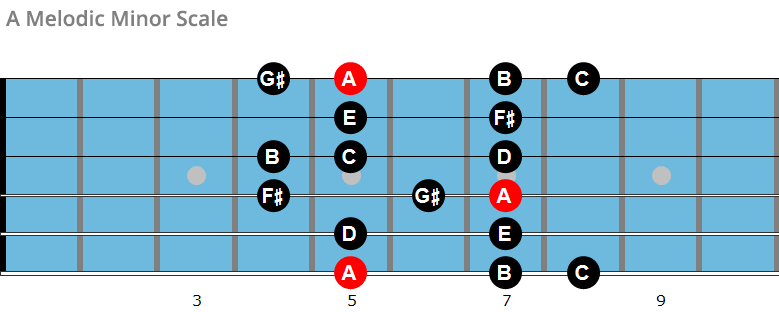
Let’s now take a look at the G harmonic minor scale. Its notes are F – A – C.Ĭhords in the key of G minor. Let’s now take a look at the chords in the key of G minor. Thumb: 1, index finger: 2, middle finger: 3, ring finger: 4 and pinky finger: 5. What are the fingerings for the G minor scale? They are as follows: Finally, we move a whole step from F to G. Let’s start on G and move a whole step to A. (A whole step skips a key while a half step moves to the next key.) Let’s try this with the G minor scale. You can memorize this formula to form any natural minor scale: whole step – half step – whole step – whole step – half step – whole step – whole step or w – h – w – w – h – w – w. The sixth note of a major scale becomes the root note of its relative minor. The difference is the root note of the two scales. For the Bb major scale, it’s B♭, C, D, E♭, F, G and A. The notes of the G minor scale as we’ve seen are G, A, B♭, C, D, E♭, and F. Minor keys and their relative major make use of the same notes. The relative major of G minor is Bb major. Here’s the G minor scale on the bass clef. Here’s a diagram of the G natural minor scale on the treble clef.

Perfect 8th: G (one octave higher) is the 8th note of the B natural minor scale.Minor 7th: F is the 7th note of the scale.Minor 6th: Eb is the 6th note of the scale.


This lesson is all about the G minor scale.


 0 kommentar(er)
0 kommentar(er)
